This is a review of Maja Daniels’ talk about her work at Brighton and Hove Camera Club, on 9th January 2018
Maja Daniels is a Swedish photographer who was talking about her projects and showing the resulting images.
Maja described herself as a Psychologist whose photography is usually the result of a very long process. She left home in Sweden at 18 to move to France and has studied Photography, psychology, journalism and speaks a number of different languages.
Maja sees her projects as of a way of communicating stories of the society in which she is living, and which gives her the opportunity to “talk about the world, to the world“.

Maja Daniels – INTERVIEW in The NEW YORK TIMES
‘Into Oblivion’ was the result of a three year project which came out of a call out by the director or a geriatric unit in France, near to where Maja was studying. She started the project alongside 4 other students but quickly ended up being the only person still doing it. She says that she spent a year visiting the hospital, working the with patients and getting to know their families before she even picked up a camera. She then spent a further 2 years developing the work to a point where she thought it was finished. The initial concept of the door came during her initial visit when she saw patients peering out of the window from the other side.
Photographing the patients looking out of the window is a message for those making medical policies.”can you see the reality of the policies you make”. She says that Alzheimer sufferers often walk and move around and their attention becomes focused on the door, because they ‘stuck’ by not being able to get through.
Maja like the idea that the viewer of the image always brings half the story. so doesn’t like her projects to direct the viewers thoughts too much.
Maja likes to work in different mediums depending on the impact she want’s to achieve. We saw a video of her images which were dubbed with the sounds recorded on the ward. Although the images themselves are ‘quiet’ and subtle the video felt much more impactful and really gave a sense of the realty of living in this place.
In the break, I was able to speak with Maja and asked how she decided what images to use in her set and how many images to include the project. This is something that I thought might help with the assignments for EYV. She said that she always goes back to a subject on numerous occasions and challenges herself to try different angles and new views. She always tries to come away with something new. She also tries to get a range such as wide angle placement shots as well as details and each image should add something new to the work. When asked how do you know when it’s finished, she replied that when she keeps coming back with the same images and can’t add anything new she will realise that it’s finished. She doesn’t have any timescales and tries to be organic and open to the work expanding.
She also said she very good at cutting images out.

MADY AND MONETTE IN NEW YORK MAGAZINE
The second project that Maja showed us, was a project that chronicles the lives of identical twlns Mady and Monette who live in Paris. The work is a juxtaposition to the oblivion project in that it celebrates the positive side of ageing. She has never sought to ‘expose’ the twins, but to help illustrate how they see themselves and how they enjoy their ‘twindom’ and document the way it shapes their lives. I particularly like the image above in terms of the composition, colours and light.
Maja goes back regularly to visit them and has built up a great relationship with the twins, I think she see this more as a collaboration with the twins as they retain much of artistic control over the images she takes and also where she publishes them..
Sweden
Finally Maja shared some of the images she is currently working on, back in her home country of Sweden. She has moved into a log cabin in the hometown of her grandparents, where they speak the oldest form of Norse still spoken. She was fascinated by how the language has survived and how it is now declining as the younger generations are no longer learning and speaking it.
This is a very different piece of work from the other two projects and when finished, i think, it will be very interesting.
Maja says that her work is personal and subjective and shouldn’t be taken as an objective documentation of people or a situation. She aims to make knowledge, through participative observation.
It seems that for all of her projects, she has spent a lot of time and invested emotionally in the subjects she is photographing. I think this is evident in the resulting images, they are intimate and real.
All in all, I like her approach and was very touched by the subject matter. I think hearing her speak about them also gave a real connection with the people and places portrayed
Debra Flynn 10.01.2018
addendum- 07/08/2018
In conversation: Maja Daniels
Sharon Boothroyd talks to photographer Maja Daniels about her work.
https://www.oca-student.com/resource-type/conversation-maja-daniels




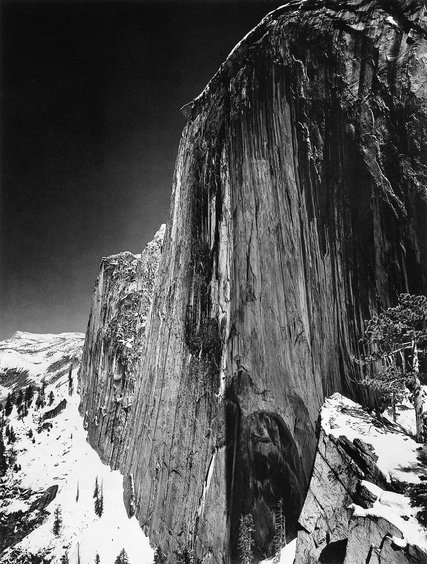

















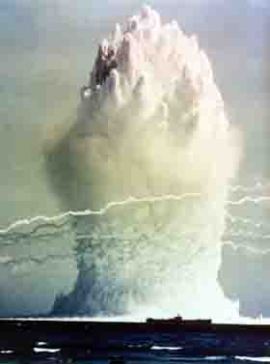
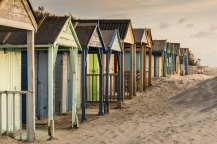 to ‘collections’ in Adobe Lightroom, where a single photograph could be in a number of different collections based on the focus of that particular collection.
to ‘collections’ in Adobe Lightroom, where a single photograph could be in a number of different collections based on the focus of that particular collection.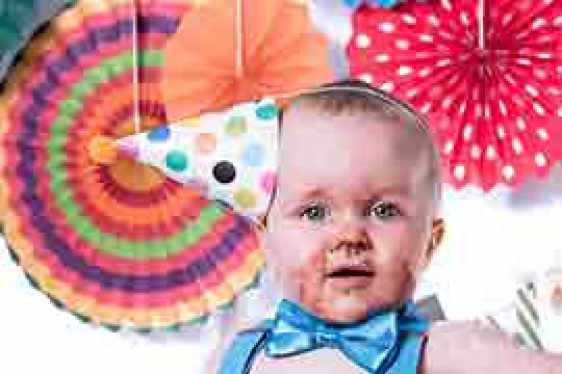



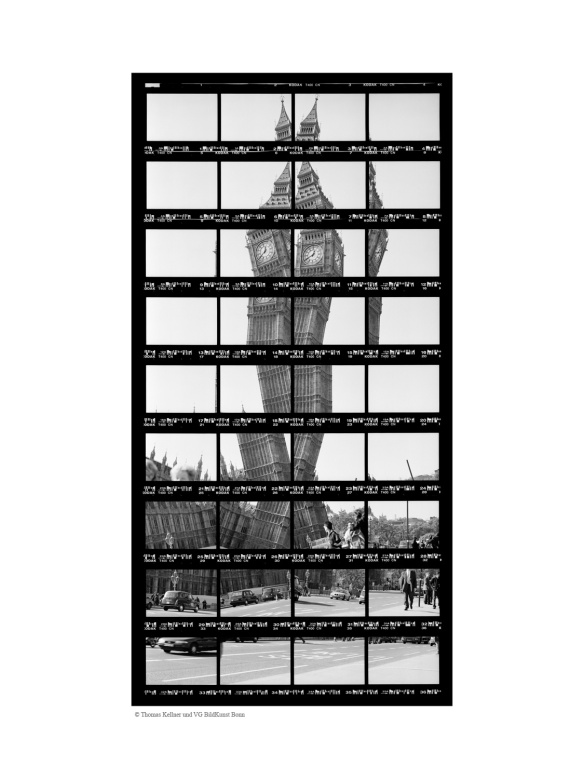
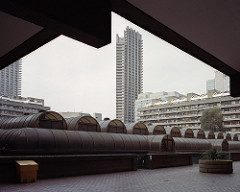 Really like this photographers work, he is using film, after constantly trying to make digital files look like film. Something I do quite a lot!
Really like this photographers work, he is using film, after constantly trying to make digital files look like film. Something I do quite a lot!